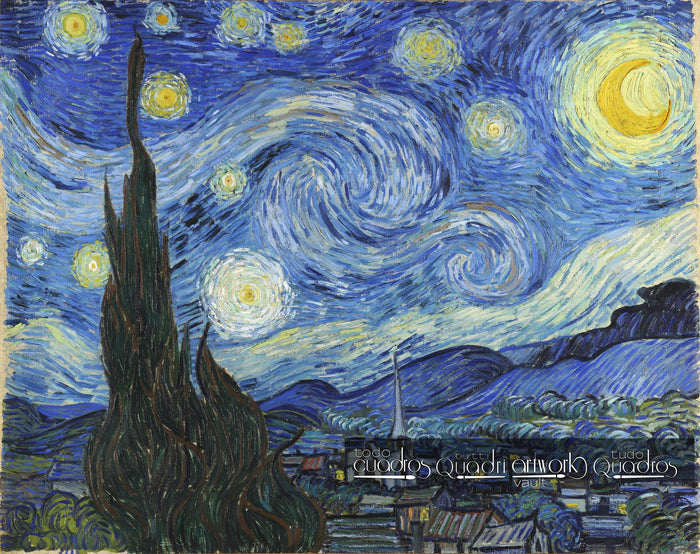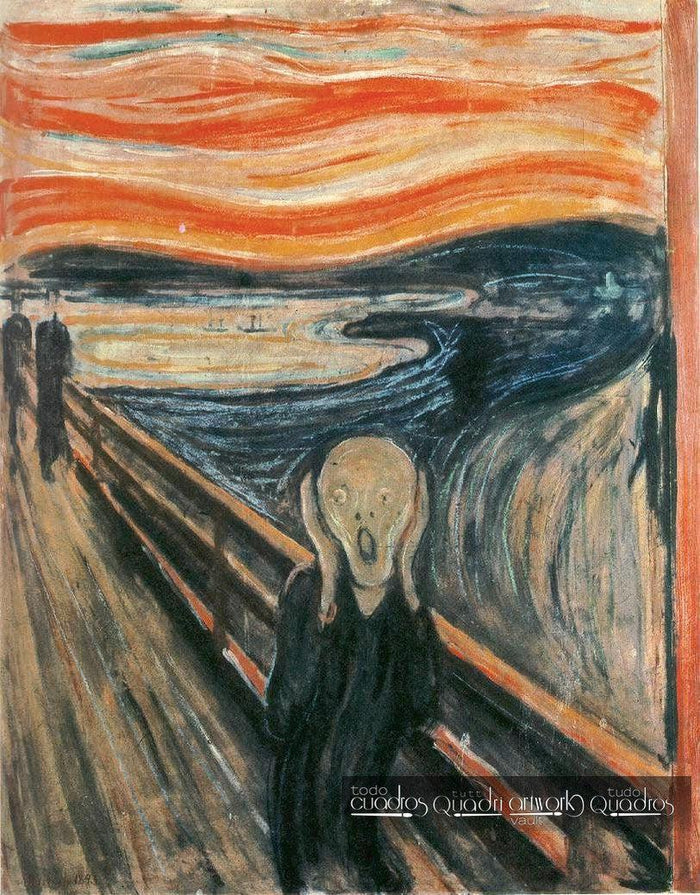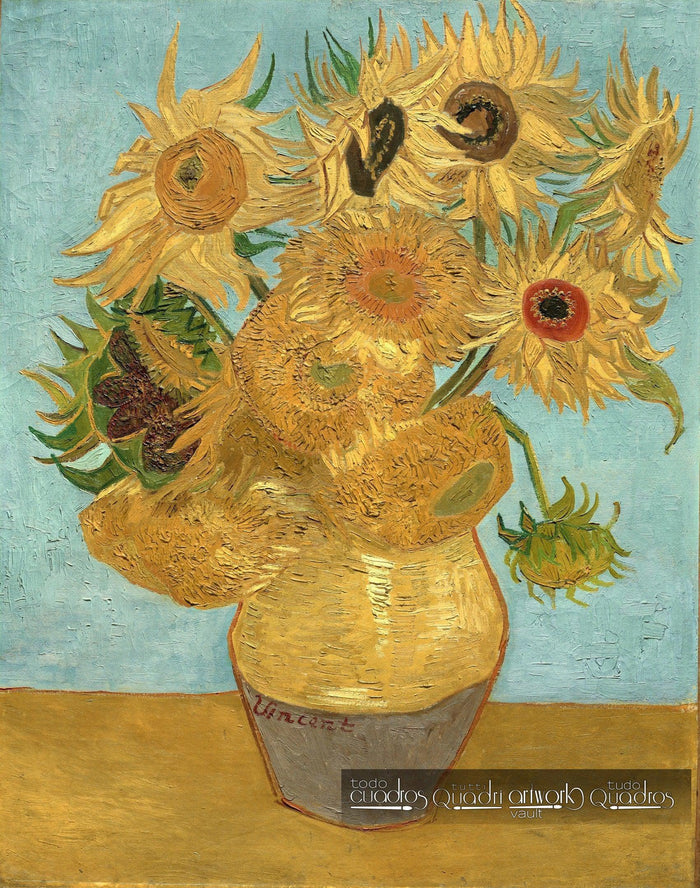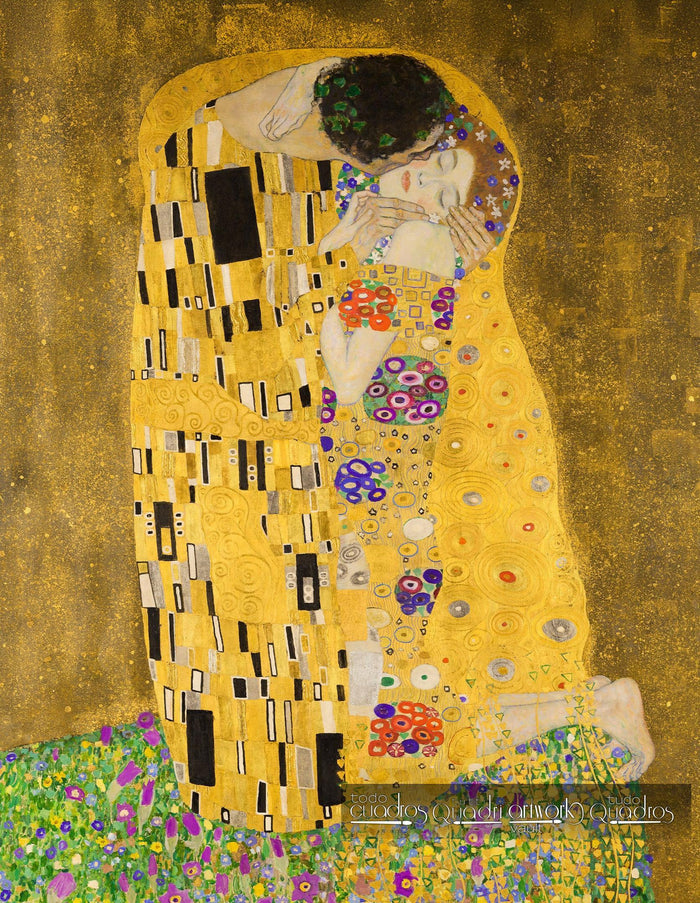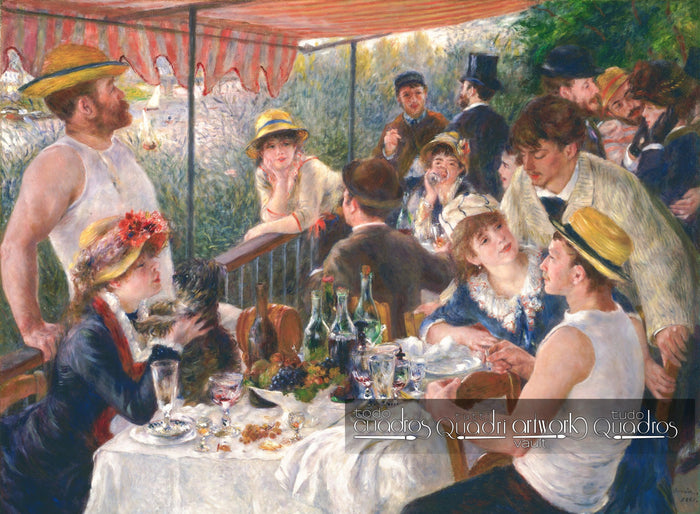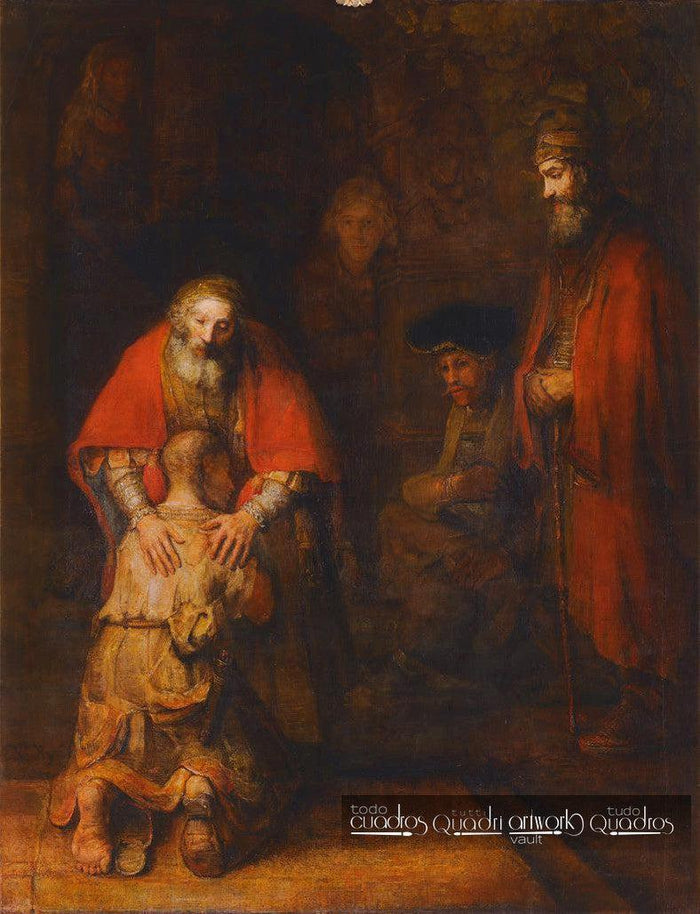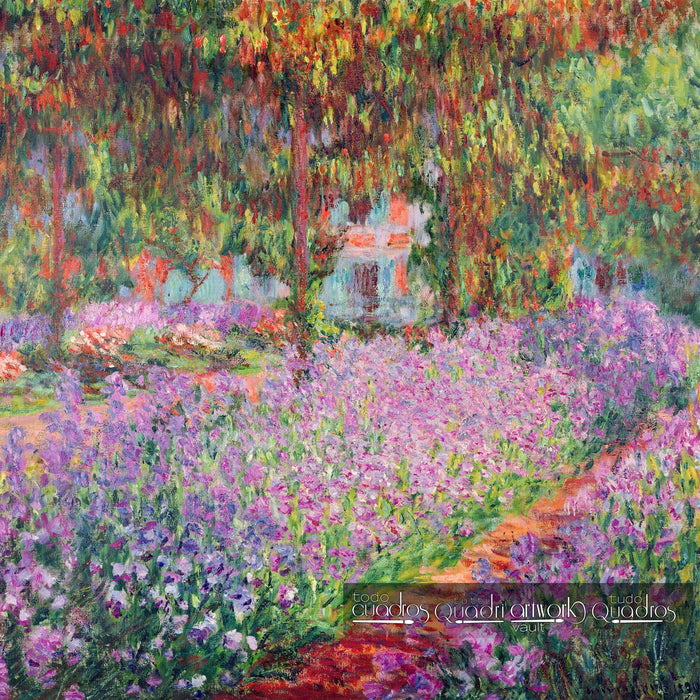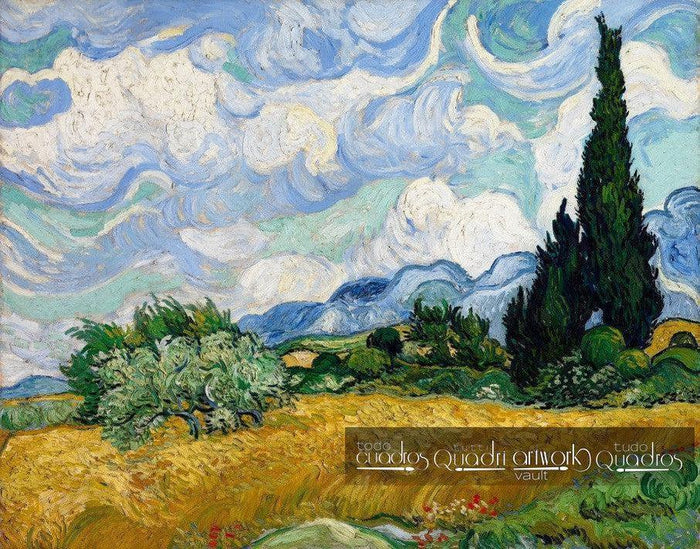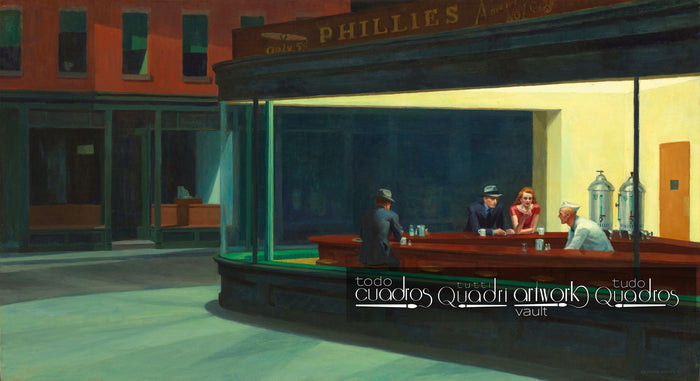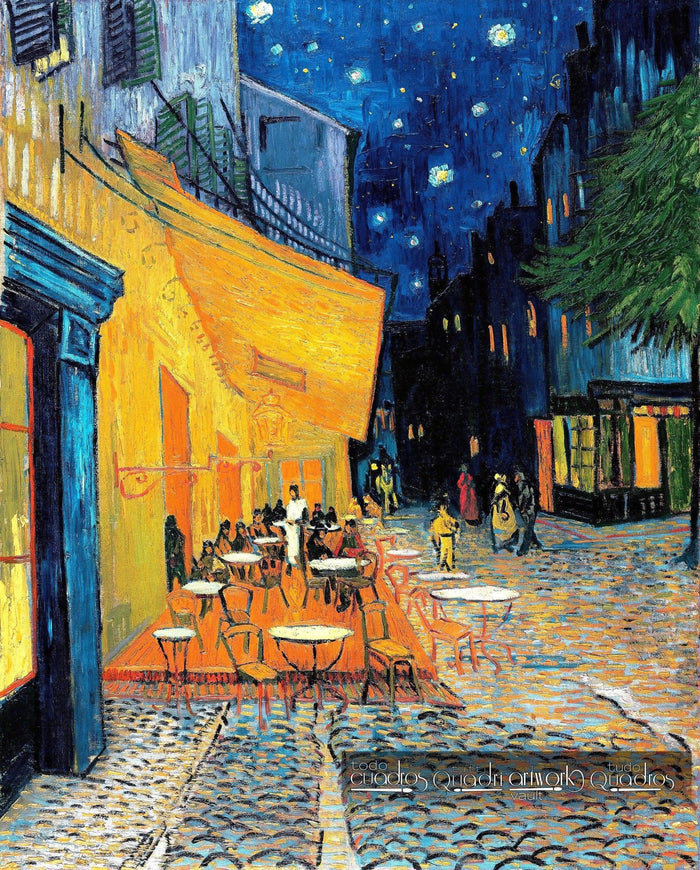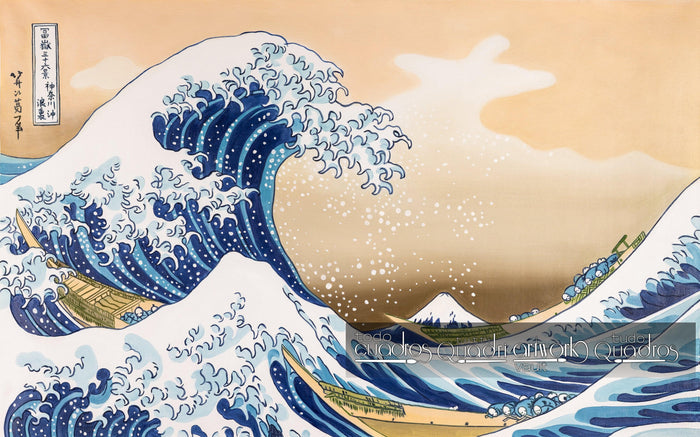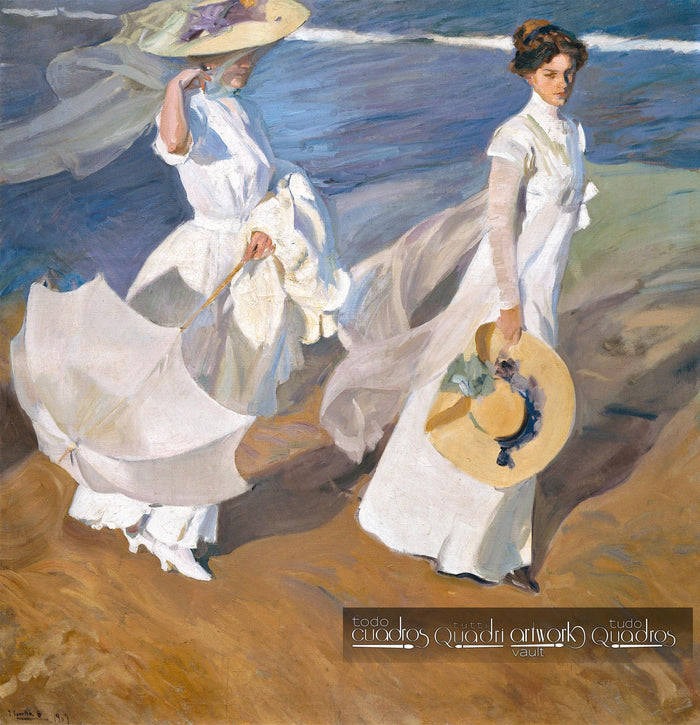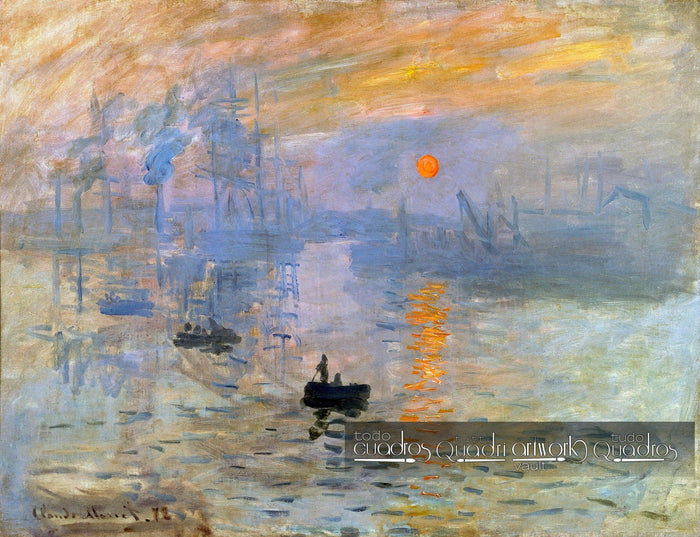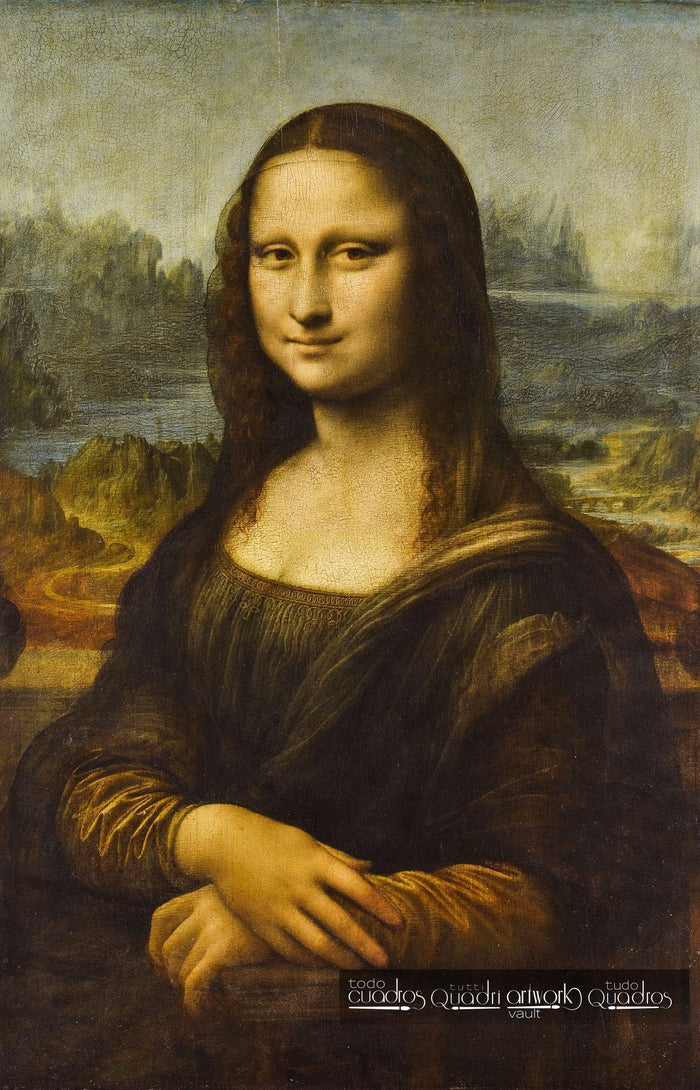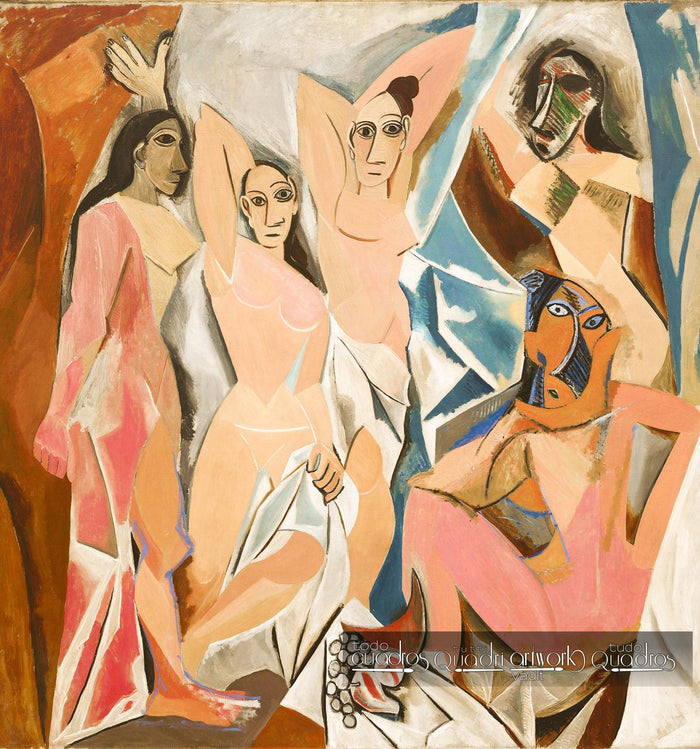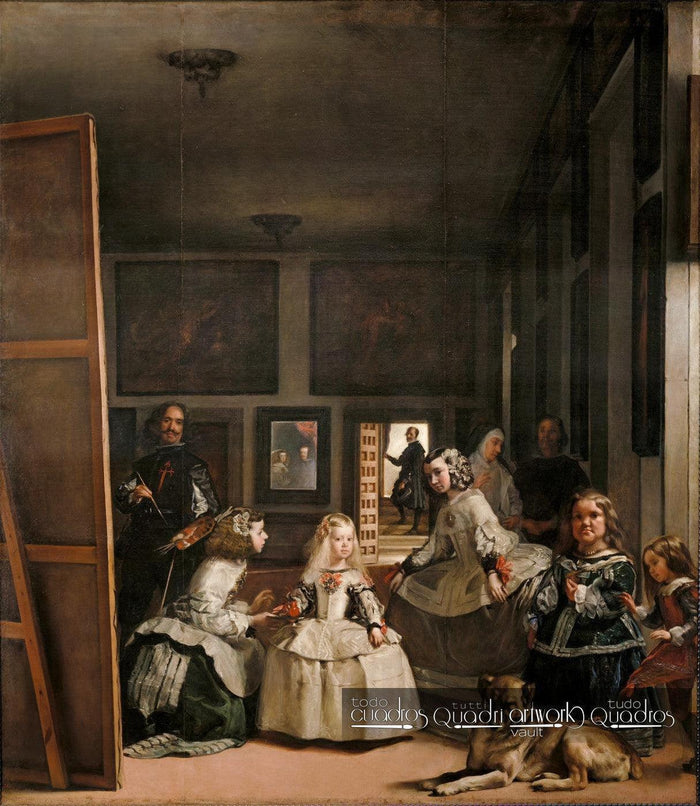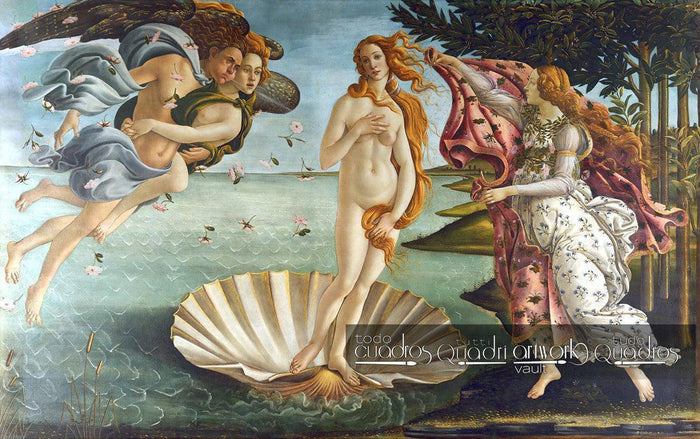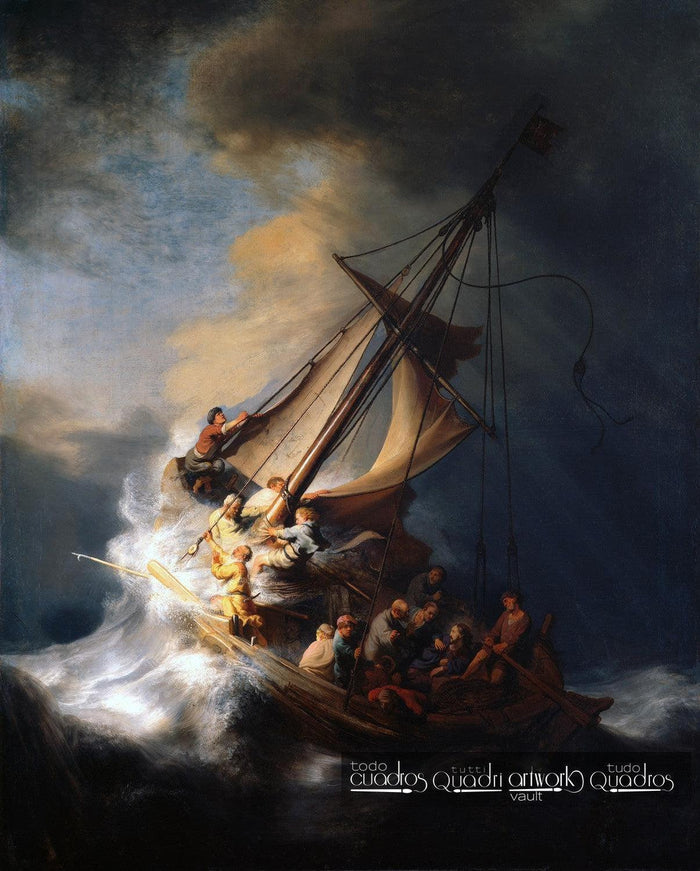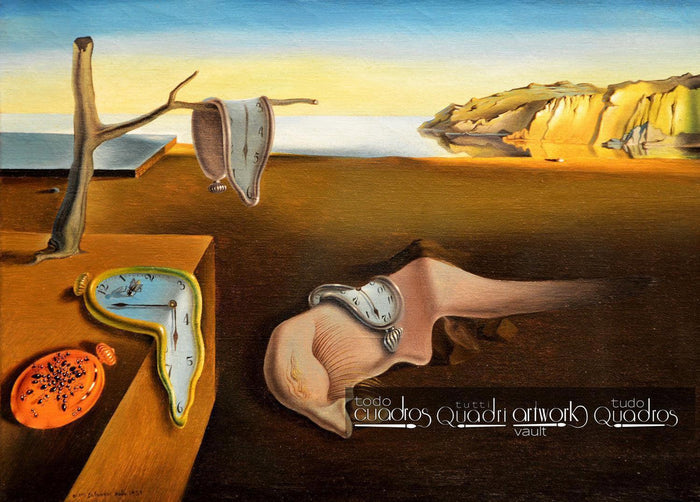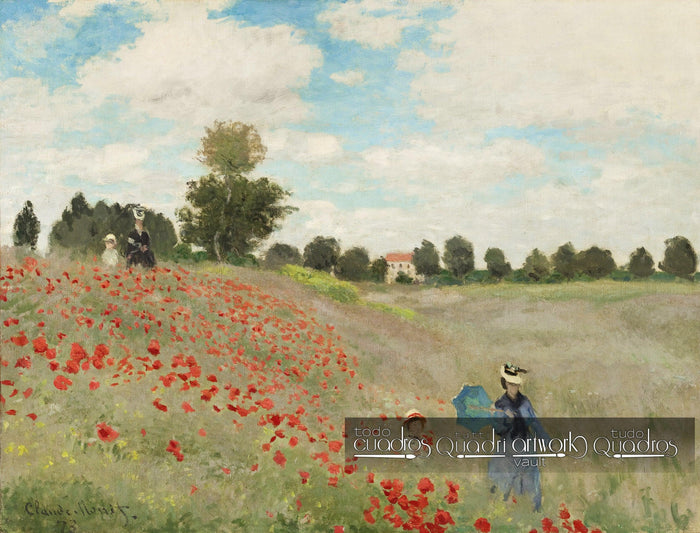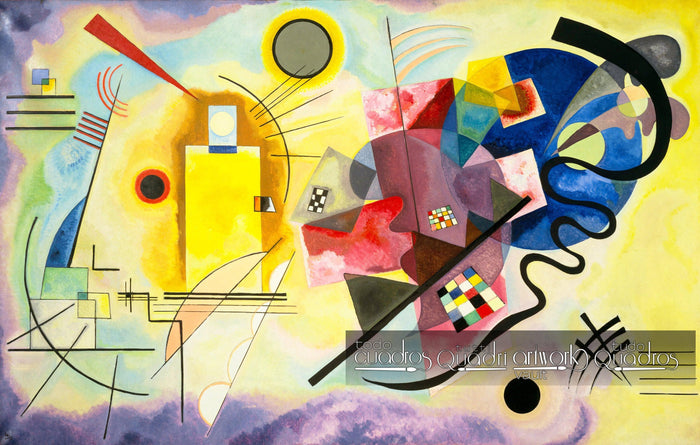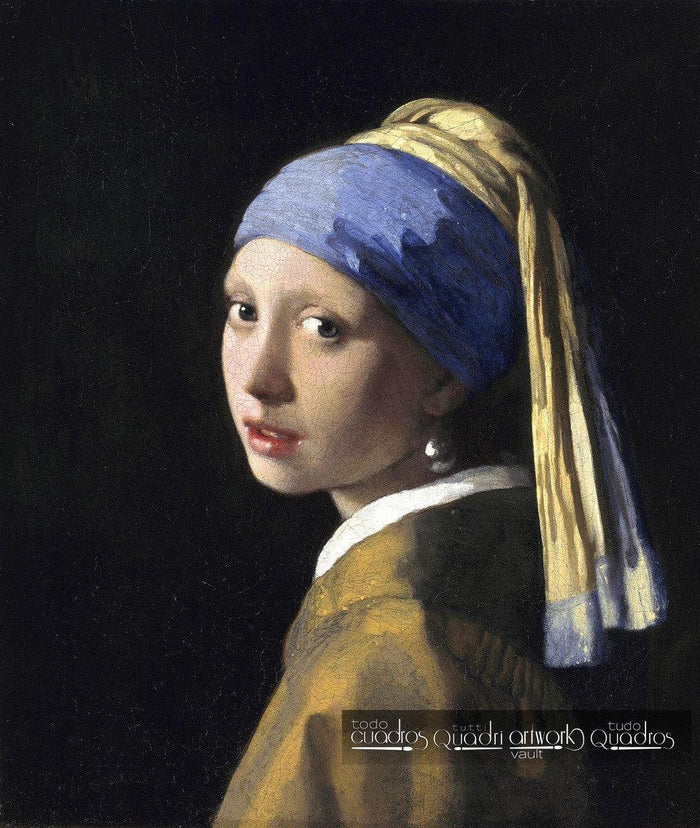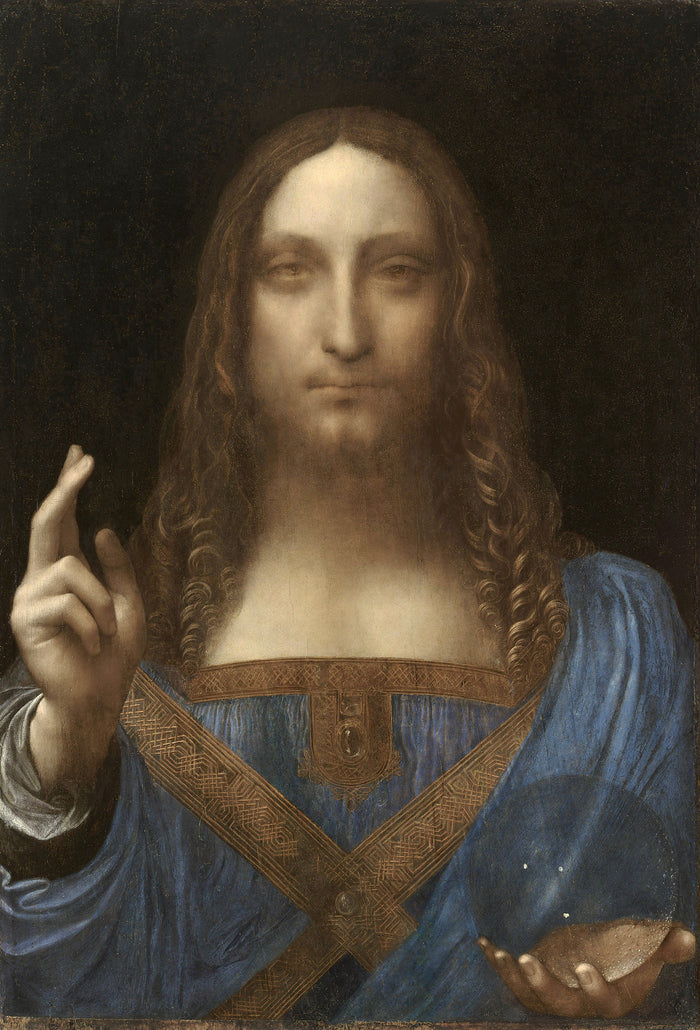23 Famous Paintings
The most famous paintings of all time.
This page is dedicated to uncovering why certain works became milestones in painting: from techniques that broke boundaries to the unique historical circumstances that shaped them. A brief but intense journey through masterpieces that changed art forever.
RELATED: Painters' biographies - Reproductions of famous painters
What makes a painting famous? Discover here details about the greatest masterpieces in history.
1. The Starry Night, Van Gogh
| Author: | Vincent van Gogh |
|---|---|
| Original Title: | La Nuit étoilée |
| Type: | Painting |
| Style: | Post-Impressionism |
| Medium | Oil |
| Support: | Canvas |
| Year: | 1889 |
| Genre: | Landscape |
| Subject: | Life in the suburbs |
| Located: | MoMA museum, New York. |
2. The Scream, Edvard Munch
| Author: | Edvard Munch |
|---|---|
| Original Title: | Der Schrei der Natur |
| Type: | Painting |
| Style: | Expressionism |
| Medium | Tempera, pastel, and wax crayons |
| Support: | Cardboard |
| Year: | 1893 |
| Located: | The National Gallery of Norway |
3. Sunflowers 1888-89, Van Gogh
| Author: | Vincent van Gogh |
|---|---|
| Original Title: | Tournesols |
| Type: | Painting |
| Style: | Post-Impressionism |
| Medium | Oil |
| Support: | Canvas |
| Year: | 1888-1889 |
| Located: | Philadelphia Museum of Art, USA. |
4. The Kiss, Klimt
| Author: | Gustav Klimt |
|---|---|
| Original Title: | Der Kuss |
| Type: | Painting |
| Style: | Modernism |
| Medium | Oil |
| Support: | Canvas |
| Year: | 1908 |
| Located: | Galería Belvedere, Austria |
The international fame of The Kiss by Gustav Klimt comes from its status as the most recognizable image of Viennese Modernism and Art Nouveau. Permanently exhibited at the Österreichische Galerie Belvedere, it is one of Vienna’s main tourist attractions. Its universal theme —romantic love— and ornamental aesthetic have led to countless reinterpretations in advertising, social media, and pop culture, securing its place among the world’s most famous paintings.
5. Luncheon of the Boating Party, Renoir
| Author: | Pierre-Auguste Renoir |
|---|---|
| Original Title: | Le Déjeuner des canotiers |
| Type: | Painting |
| Style: | Impressionism |
| Medium | Oil |
| Support: | Canvas |
| Year: | 1880-81 |
| Genre: | Costumbrism |
| Located: | Phillips Collection, Washington, EE. UU. |
6. The Return of the Prodigal Son, Rembrandt
| Author: | Rembrandt |
|---|---|
| Original Title: | Terugkeer van de Verloren Zoon |
| Type: | Painting |
| Medium | Oil |
| Support: | Canvas |
| Year: | 1963-65 |
| Genre: | Religious paintings |
| Subject: | Biblical passage |
| Located: | Hermitage Museum, Russia |
7. The Artist's Garden at Giverny, Monet
| Author: | Claude Monet |
|---|---|
| Original Title: | Le jardin de l'artiste à Giverny |
| Type: | Painting |
| Medium | Oil |
| Support: | Canvas |
| Year: | 1900 |
8. Wheat Field with Cypresses, Van Gogh
| Author: | Vincent van Gogh |
|---|---|
| Original Title: | Champ de blé avec cyprès |
| Type: | Painting |
| Style: | Post-Impressionism |
| Medium | Oil |
| Support: | Canvas |
| Year: | 1889 |
| Located: | Museum MET, New York. |
9. Nighthawks, Hopper
| Author: | Edward Hopper |
|---|---|
| Original Title: | Nighthawks |
| Type: | Painting |
| Medium | Oil |
| Support: | Canvas |
| Year: | 1942 |
| Subject: | City life |
| Located: | Instituto de Arte de Chicago |
10. Cafe Terrace at Night, Van Gogh
| Author: | Vincent van Gogh |
|---|---|
| Original Title: | Terrasse du café le soir |
| Type: | Painting |
| Style: | Post-Impressionism |
| Medium | Oil |
| Support: | Canvas |
| Year: | 1888 |
| Located: | Kröller-Müller Museum, Netherland |
11. The Great Wave off Kanagawa, K. Housaki
| Author: | Katsushika Hokusai |
|---|---|
| Original Title: | Kanagawa oki nami ura |
| Type: | Engraving |
| Style: | Edo or Tokugawa period (Japan 1603-1868) |
| Medium | Ink |
| Support: | Table |
| Year: | 1833 |
| Genre: | Seascapes |
| Located: | Museum MET, New York. |
12. Walk on the Beach, J. Sorolla
| Author: | Joaquín Sorolla y Bastida |
|---|---|
| Original Title: | Paseo a orillas del mar |
| Type: | Painting |
| Style: | Luminism |
| Medium | Oil |
| Support: | Canvas |
| Year: | 1909 |
| Genre: | Costumbrism |
| Subject: | Valencia Beach |
| Located: | Sorolla museum, Madrid. |
13. Impression, Sunrise, Monet
| Author: | Claude Monet |
|---|---|
| Original Title: | Impression, soleil levant |
| Type: | Painting |
| Style: | Impressionism |
| Medium | Oil |
| Support: | Canvas |
| Year: | 1872 |
| Genre: | Seascapes |
| Located: | Musée Marmottan Monet, Paris |
14. Mona Lisa (La Gioconda), Leonardo da Vinci
| Author: | Leonardo da Vinci |
|---|---|
| Original Title: | Gioconda |
| Type: | Painting |
| Style: | Renaissance |
| Medium | Oil |
| Support: | Wood Panel |
| Year: | 1503-06 |
| Genre: | Retrato |
| Located: | Louvre museum, París. |
15. Ladies of Avignon, Picasso
| Author: | Pablo Ruiz Picasso |
|---|---|
| Original Title: | Les demoiselles d’Avignon |
| Type: | Painting |
| Style: | Cubism |
| Medium | Oil |
| Support: | Canvas |
| Year: | 1907 |
| Located: | MoMA museum, New York. |
16. Las Meninas, Velázquez
| Author: | Diego Velázquez |
|---|---|
| Original Title: | Las meninas |
| Type: | Painting |
| Style: | Baroque |
| Medium | Oil |
| Support: | Canvas |
| Year: | 1656 |
| Genre: | Period scene |
| Located: | Prado National Museum, Madrid. |
17. The Birth of Venus, Botticelli
| Author: | Sandro Botticelli |
|---|---|
| Style: | Renaissance |
| Medium | Óleo |
| Support: | Lienzo |
| Year: | 1485 |
| Located: | Museo de los Uffizi |
The image of Venus upon the shell has been reproduced endlessly in official tourism campaigns for Florence and in international exhibitions that have loaned the work under strict security measures, multiplying its media coverage. Its dissemination has also been reinforced by its constant presence in school textbooks, book covers, and television documentaries on the Renaissance. In the digital age, the painting has reached a new dimension of popularity, becoming a recurring resource for memes, artistic reinterpretations, and high-profile fashion campaigns, ensuring its continuous circulation in social media and the press.
18. The Storm on the Sea of Galilee, Rembrandt
| Author: | Rembrandt |
|---|---|
| Original Title: | Christus in de storm op het meer van Galilea |
| Type: | Painting |
| Style: | Baroque |
| Medium | Oil |
| Support: | Canvas |
| Year: | 1633 |
| Genre: | Religious paintings |
| Subject: | Biblical passage |
| Located: | Unknown location (stolen) |
The most outstanding work stolen from the most notorious art heist in history, which occurred at the Isabella Stewart Gardner Museum in Boston, in 1990.
This canvas, of special value as it is the only known seascape by the artist, illustrates a biblical scene in the Sea of Galilee, with Christ and the twelve apostles caught in a storm.
The work is renowned for its dramatic representation and use of chiaroscuro. Despite its fame, the current whereabouts of the painting remain a mystery, believed to be in the hands of mafias using it as a bargaining chip in the criminal underworld.
19. The Persistence of Memory, Dalí
| Author: | Salvador Dalí |
|---|---|
| Type: | Painting |
| Style: | Surrealism |
| Medium | Oil |
| Support: | Canvas |
| Year: | 1931 |
| Located: | MoMA museum, New York. |
The work, small in size but of great symbolic power, gained immediate recognition for presenting a radically different vision of reality, in which everyday elements are distorted to reveal the unconscious. The contrast between the almost photographic precision of the landscape and the absurd plasticity of the objects turned the painting into a universal metaphor for the relativity of time and one of the most recognizable images of the 20th century.
20. Poppy Field, Monet
| Author: | Claude Monet |
|---|---|
| Original Title: | Coquelicots |
| Type: | Painting |
| Style: | Impressionism |
| Medium | Oil |
| Support: | Canvas |
| Year: | 1873 |
| Genre: | Landscape |
| Located: | Orsay Museum, París. |
Poppy Field, painted by Claude Monet, is one of the key works that marked the birth of Impressionism. It was exhibited at the group’s first show in 1874, organized in the studio of the photographer Nadar in Paris, and provoked both admiration and rejection for its break with academic painting.
The quick brushstroke, the capture of changing light, and the depiction of an everyday outdoor scene embodied the new way of understanding painting. Over time, it became one of the most emblematic images of Impressionism and a symbol of 19th-century artistic modernity.
21. Yellow-Red-Blue, Kandinsky
| Author: | Wassily Kandinsky |
|---|---|
| Type: | Painting |
| Style: | Lyrical Abstraction |
| Medium | Oil |
| Support: | Canvas |
| Year: | 1925 |
| Located: | Centro Pompidou, París |
22. Girl with a Pearl Earring, Vermeer
| Author: | Johannes Vermeer |
|---|---|
| Original Title: | Meisje met de parel |
| Type: | Painting |
| Medium | Oil |
| Support: | Canvas |
| Year: | 1665 |
| Located: | Royal Picture Gallery Mauritshuis, Netherlands |
Girl with a Pearl Earring by Johannes Vermeer became famous not only for the Dutch painter’s technical subtlety but also for the aura of mystery surrounding its origin and the enigmatic model. Painted around 1665, it remained almost unknown until it was rediscovered in 1881, when it was acquired at an auction for only two guilders. Since 1902 it has been part of the Mauritshuis collection in The Hague, where it became its most emblematic work.
Its international fame was consolidated in the 20th century thanks to major exhibitions and technical studies that revealed the use of exotic pigments such as lapis lazuli and Vermeer’s mastery in handling light. Tracy Chevalier’s novel (1999) and the film adaptation (2003) reinforced its enigmatic character, making it one of the most recognizable images of the Dutch Baroque and of art history.
23. Salvator Mundi, Leonardo da Vinci
| Author: | Leonardo da Vinci |
|---|---|
| Type: | Painting |
| Style: | Renaissance |
| Medium | Oil |
| Support: | Walnut panel |
| Year: | 1499-1510 |
| Genre: | Retrato |
| Located: | Louvre Museum Abu Dhabi |
The Salvator Mundi is renowned not only for its attribution to Leonardo — considered the most influential painter of the Renaissance — but also for its history of disappearances, restorations, and controversies. Rediscovered in 2005 after centuries in private collections and subjected to a complex restoration process, it was recognized by experts as an authentic work of the master, although debates still continue. In 2017 it gained worldwide fame when it was auctioned for $450.3 million at Christie’s, becoming the most expensive painting ever sold. This combination of iconographic mysticism, technical virtuosity, historical mystery, and economic record has made the Salvator Mundi one of the most discussed and fascinating paintings of our time.
